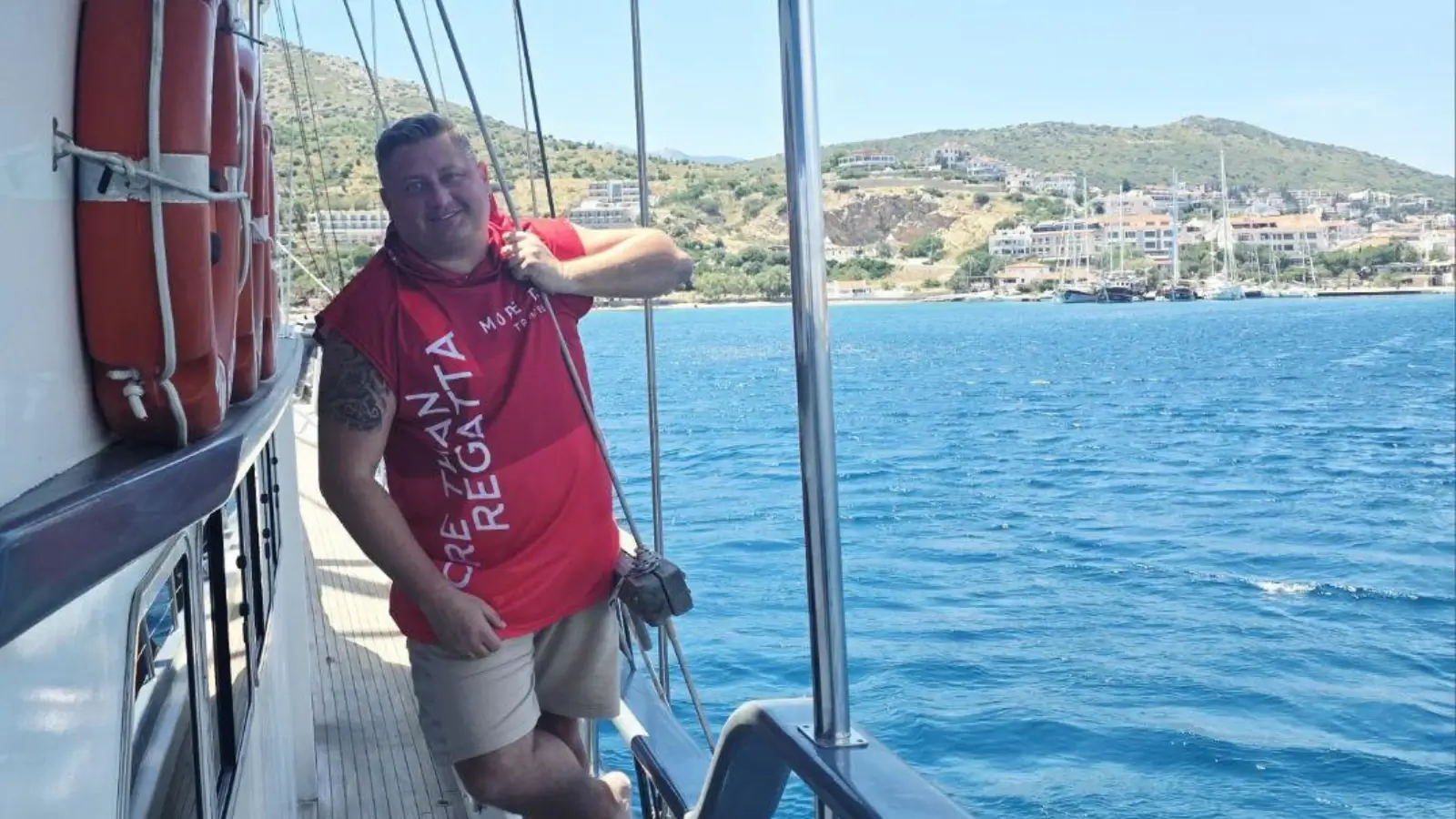


Aleksejs Halavins was born in Riga, close to busy harbors and shipyards. He studied at the Latvian Maritime Academy and earned his engineer-navigator diploma. The early part of the Aleksejs Halavins biography shows months at sea, first as a junior deck hand and later in senior roles. These years taught him that the best asset on any vessel is its crew. He carried that idea into office work, where he now manages training and crew development programs.
According to Aleksejs Halavins, crew members, from deck cadets to captains, are the real engine of a shipping company. If people on board are skilled and motivated, work runs smoothly. If morale drops, even the best office support cannot fix every issue.
Halavins says the industry’s skill focus has shifted. Technical tasks still matter, but social and mental skills are now critical. Crews need to handle mixed-nationality teams, solve conflicts quickly, and stay calm under pressure. Ships move huge cargoes and sometimes hazardous materials, so one small mistake can risk lives and the environment.
Before joining a vessel, each rank must complete minimum shore courses—safety, first aid, firefighting, and equipment basics. His program adds optional classes, like advanced communications or mental-health awareness. The company sponsors these extra lessons because better-prepared seamen reduce onboard incidents and delays.
Every ship carries an e-library and training videos. The chief officer acts as the onboard training lead, setting weekly study goals and checking progress. Crew members can study alone or join small group sessions after duty hours. This routine keeps knowledge fresh and encourages teamwork.
Ships often carry seafarers from several countries. Halavins notes that working styles can vary. The rule on his vessels is simple: no “good” or “bad” nationalities—only good or bad habits. Officers learn basic cultural tips so they know, for example, which holidays matter to which crew. This respect lowers tension and builds a fair workplace.
Right now, most seafarers come from the Philippines, India, and what he calls “FSU” countries—Russia, Ukraine, and the Baltic states. In Western Europe, Greece and the Netherlands still provide reliable officers. The Americas focus more on domestic trade, so international crews rely on Asian and Eastern-European recruitment. Understanding each labor pool helps HR plan future staffing and training needs.
Many new workers assume salary is the main reason seamen stay. Halavins’s studies—done with partners who also test HR models for large tech firms—show a different answer. Engagement is number one. When seamen know the big picture, feel heard, and see chances to grow, retention stays above 90 percent for both ship and shore staff. Good pay matters, but clear involvement matters more.
Halavins also talks about planning for coming tech. Digital logs, smart sensors, and AI route tools are entering daily use. Crews must be ready to handle these systems without losing focus on basics like safety drills. Development programs now include short demos on new gadgets and software, so teams are not surprised when updates arrive.
Halavins does not require executives to teach every class, but he insists they join parts of the process. A visit from senior leaders—watching a drill or sharing lunch in the mess—shows commitment. Seamen can raise concerns directly, and managers gain real-world insight beyond office reports.
When leaders see cramped corridors or old safety posters up close, they understand why upgrades are urgent. This face-to-face view leads to faster, better budget choices. It also shows shore staff that their bosses value practical feedback.
Joint activities, like small group workshops or shore-side sports days, help mix ranks and roles. Crew, office clerks, and executives hear each other’s ideas and often find simple fixes that save time later. Halavins points to these sessions as low-cost ways to boost trust. The schedule mixes hands-on practice, soft-skill lessons, and casual chat. Feedback forms then measure what worked and what needs change.
Thanks to consistent training and leader visits, the Aleksejs Halavins model reports high safety scores and low turnover. Plans for the next year include adding micro-learning videos for mobile phones, so sailors can study even off duty. New VR modules may simulate emergency tasks in a risk-free way.
The approach of Aleksejs Halavins of Latvia blends formal courses with real human contact. By valuing crew engagement and pushing managers to step on board, his system keeps teams skilled, connected, and ready for tomorrow’s challenges.